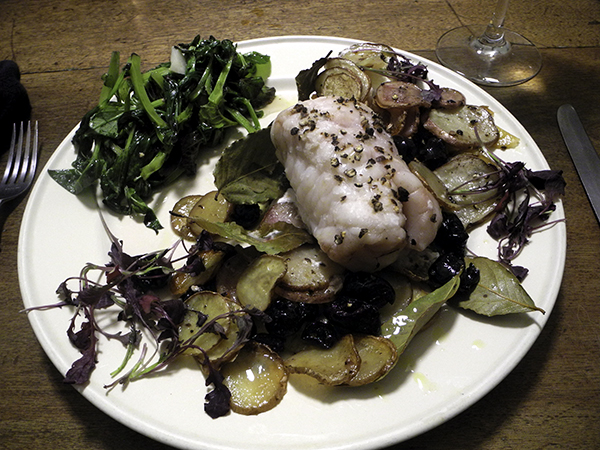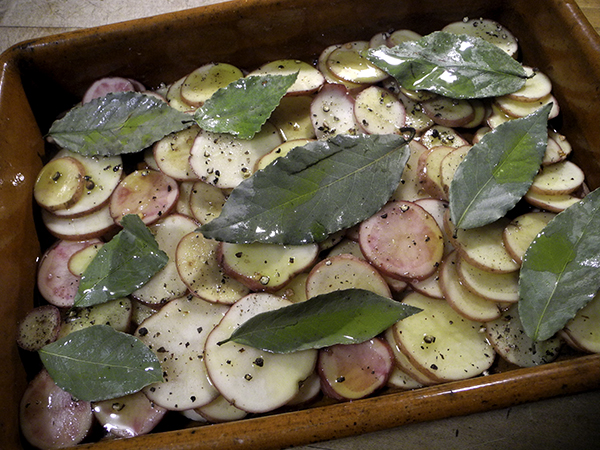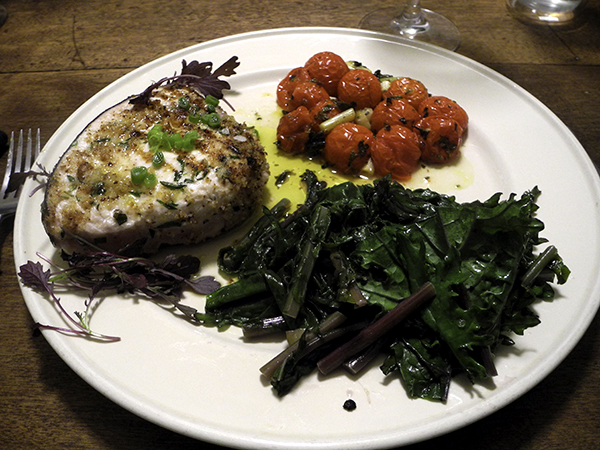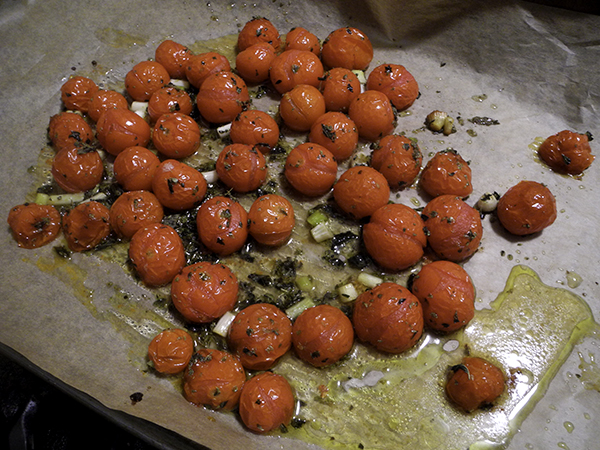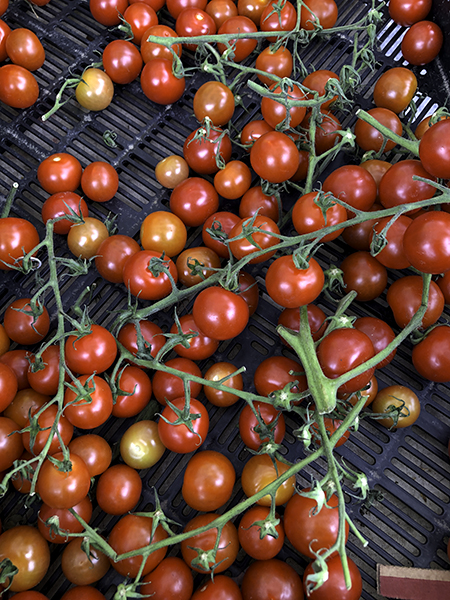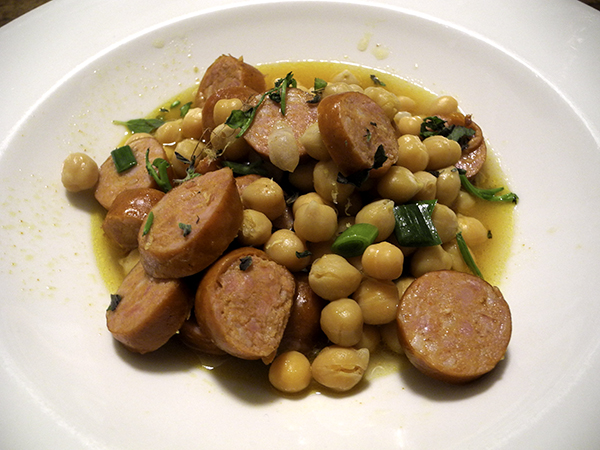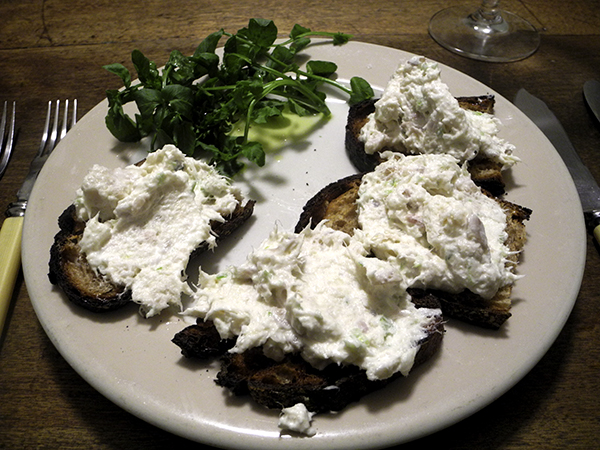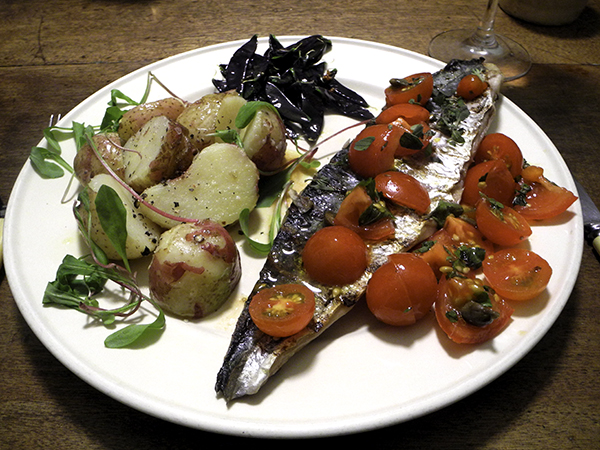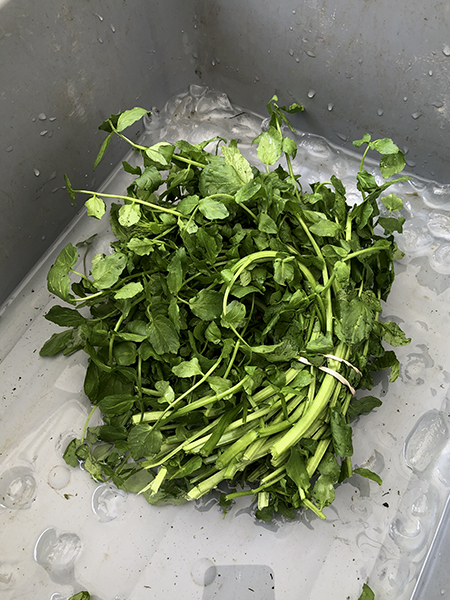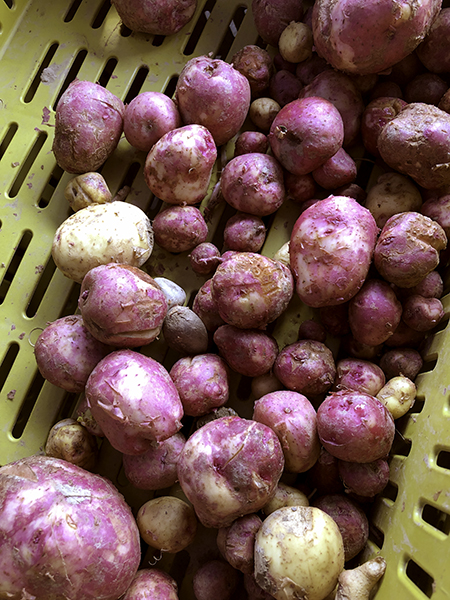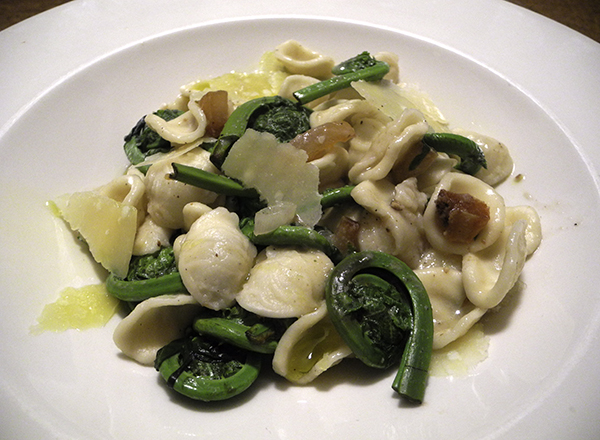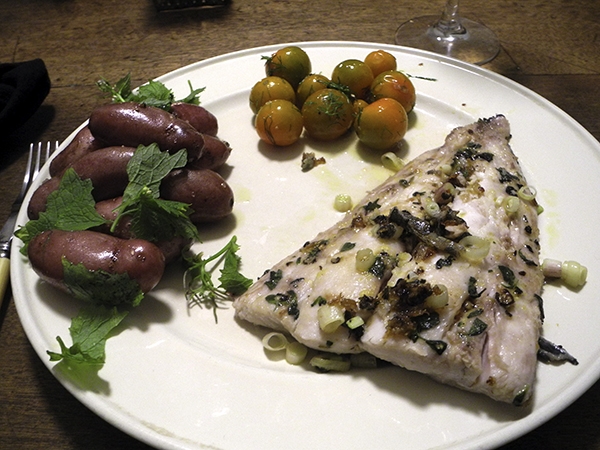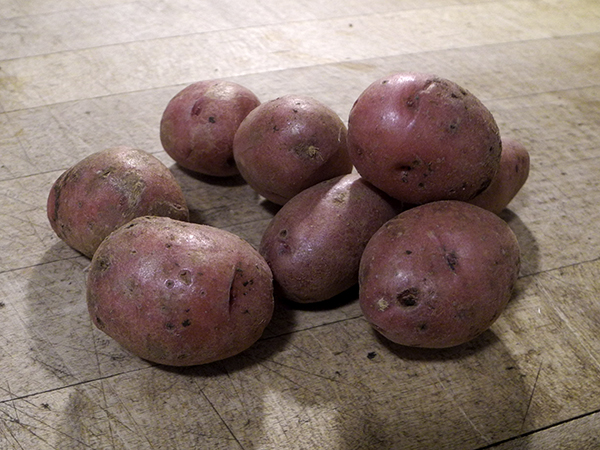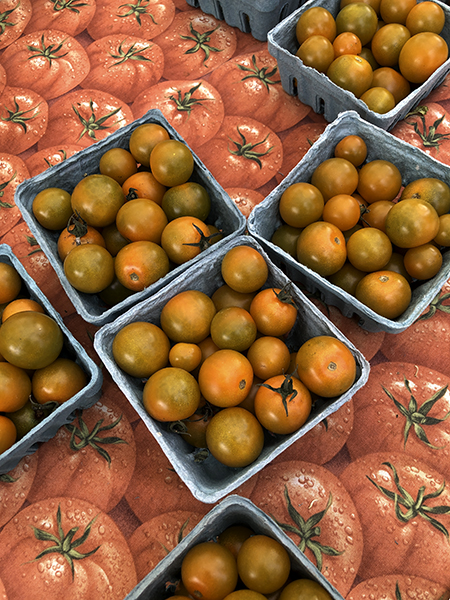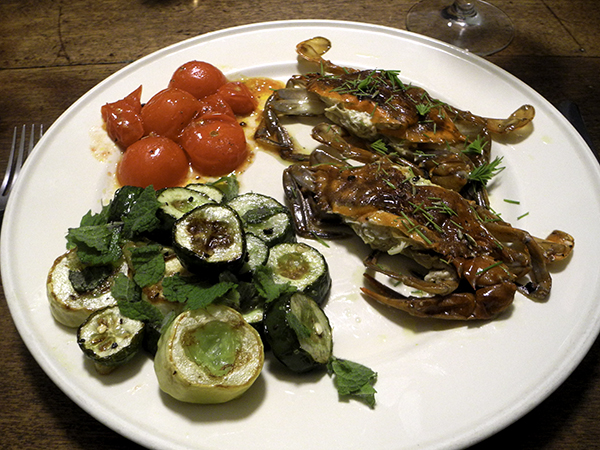
It was the eve of Barry’s birthday, so it had to be special!
I had great luck in the Greenmarket that afternoon, and because the fish seller had a huge supply, they were marked down in price. The reader doesn’t have to be told how I transitioned 4 very alive local blue crabs (callinectes sapidus) onto our 2 plates that evening. For those who really are interested, there’s this charming video of a native Marylander describing the process.
We love soft shell crab, but this was only the second time in decades I’d prepared them at home.
- four live 3-ounce eastern Long Island soft shell crabs from Paul’s Pura Vida Seafood stand at the Union Square Greenmarket, cleaned as described in the video link already mentioned above, but without removing the ‘mustard’, or digestive system (it tastes wonderful!), rinsed in running water and dried very thoroughly (so they don’t ‘steam’, but sauté, and so encouraging crispness (I had decided not to use a batter of any kind), brought to room temperature, sautéed on both sides (bottom first) over a medium-high flame in a quarter inch of olive oil inside a 13-inch seasoned enameled cast iron pan (for about 3, maybe 4 minutes total), seasoned with sea salt and freshly ground black pepper as they were turned, removed from the pan and arranged on the 2 plates, sprinkled with a generous amount of freshly-chopped foraged local (Herkimer County) spruce tips from Violet Hill Farm in the Greenmarket and some freshly ground black pepper, drizzled with juice from an organic lemon from Chelsea Whole Foods Market
- one larger yellow and 2 smaller green Japanese cucumbers from Eckerton Hill Farm, unpeeled, sliced 2 cm thick [it seems easier to describe something in centimeters rather than inches when a metric measure better fits the dimension I’m describing], sautéed inside a large antique copper pot over a medium-high flame, turning a couple of times, until the cucumbers had begun to carbonize, sprinkling the cucumbers with sea salt in the meantime, 3 or 4 cloves of sliced spring garlic from Lani’s Farm and a pinch of crushed dried habanada pepper stirred in near the end, the vegetable tossed with some torn mild fuzzy spearmint from from Space on Ryder Farm [formerly known as Ryder Farm] arranged on the plates, more mint scattered on top, drizzled with a little olive oil
- a mix of tomatoes, 6 small cherry (‘The best Cherry Tomatoes’) from Stokes Farm, the remainder larger, Backyard Farms Maine ‘cocktail tomatoes’ from Flatiron Eataly, all halved, warmed inside a small copper skillet (I was distracted and went too far this time, although they tasted as good as ever), seasoned with salt and pepper, scattered with only a pinch of dried Sicilian wild fennel pollen
- near the end of the meal, tin order to enjoy the various juices remaining on the plates, a couple thin slices of ‘Seedy Grains’ (wheat, spelt, rye, and barley organic bread flours; buckwheat; oats; flax sesame, sunflower, and pumpkin seeds; water, and salt) from the Philadelphia bakery, Lost Bread Co., via the Union Square Greenmarket
- the wine was a super California (Napa) rosé, Matt Parish Napa Rose of Pinot Noir 2018, from Naked Wines
- the music was the Zeitgeist album, ‘In Bone-Colored Light’


